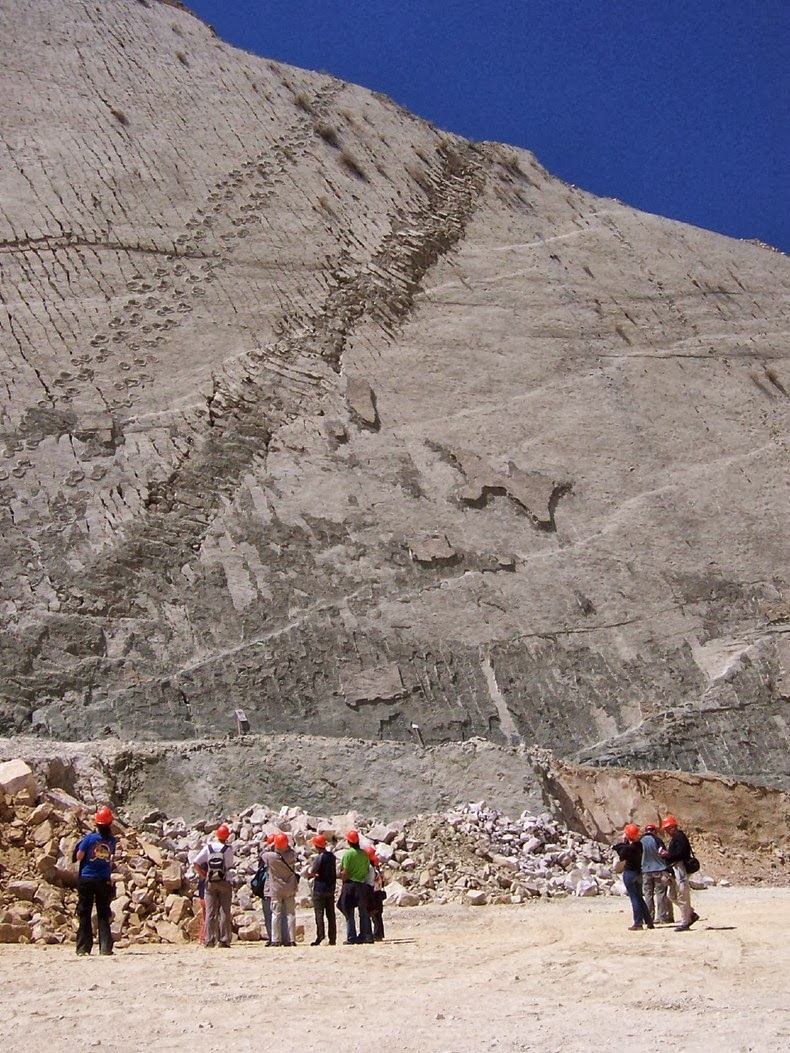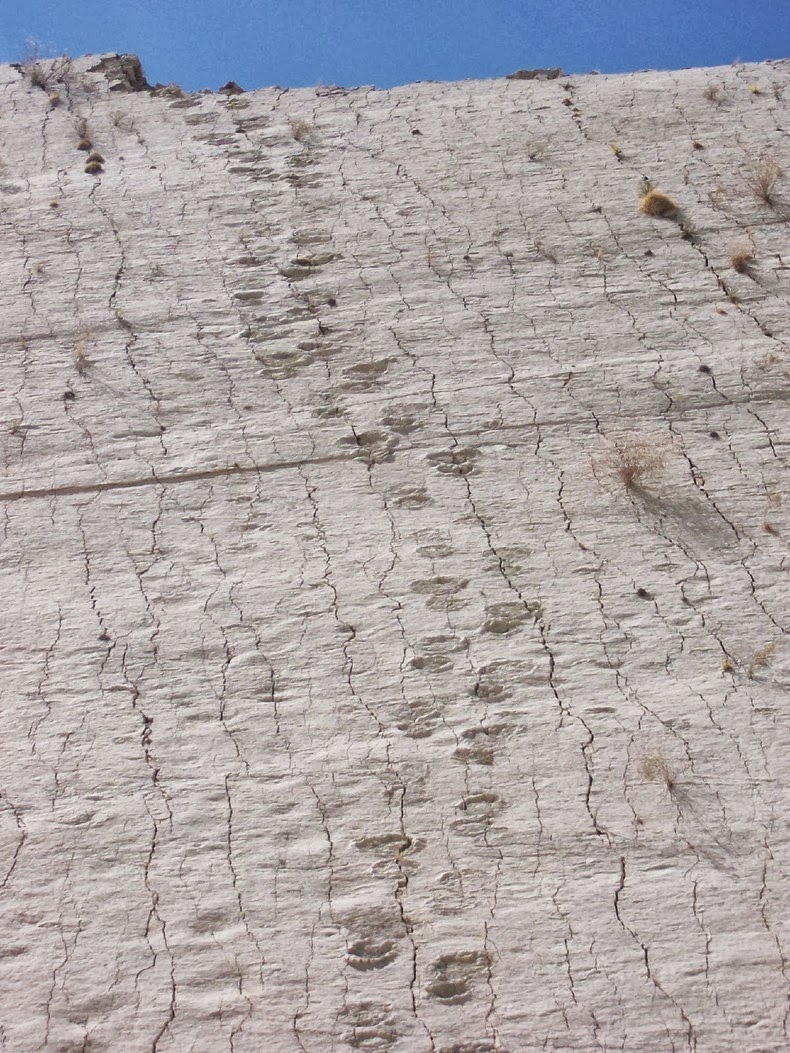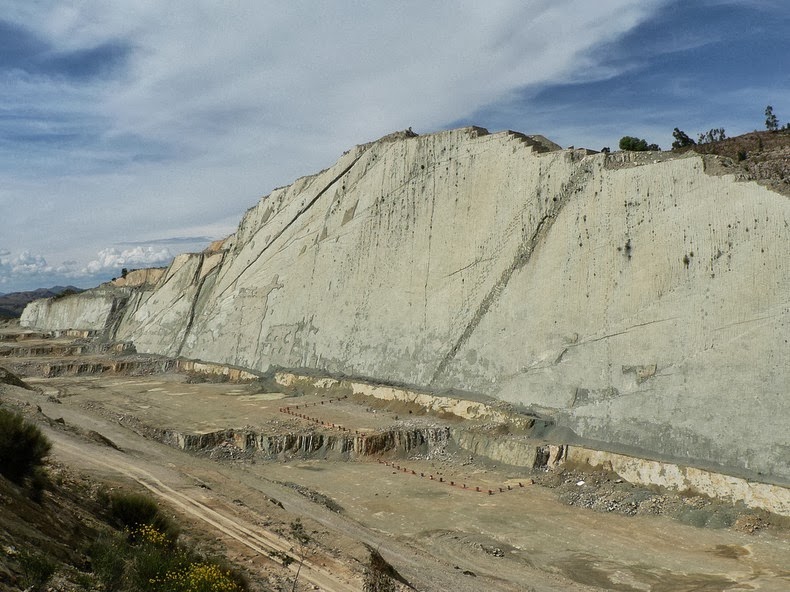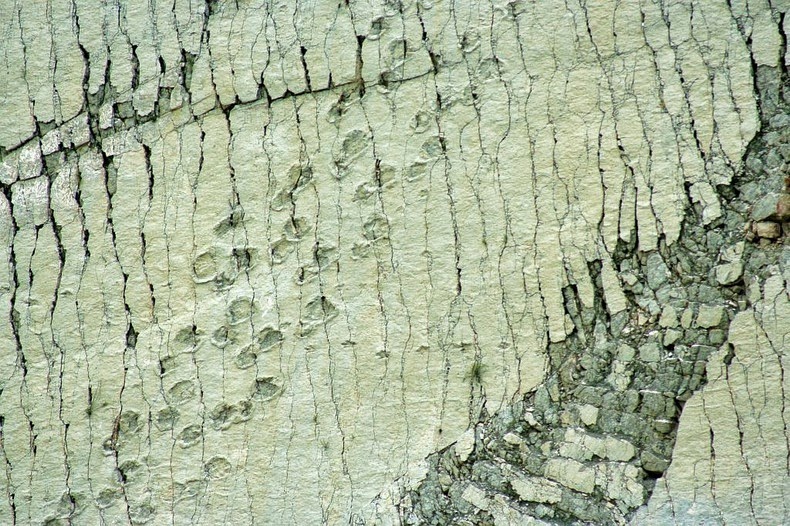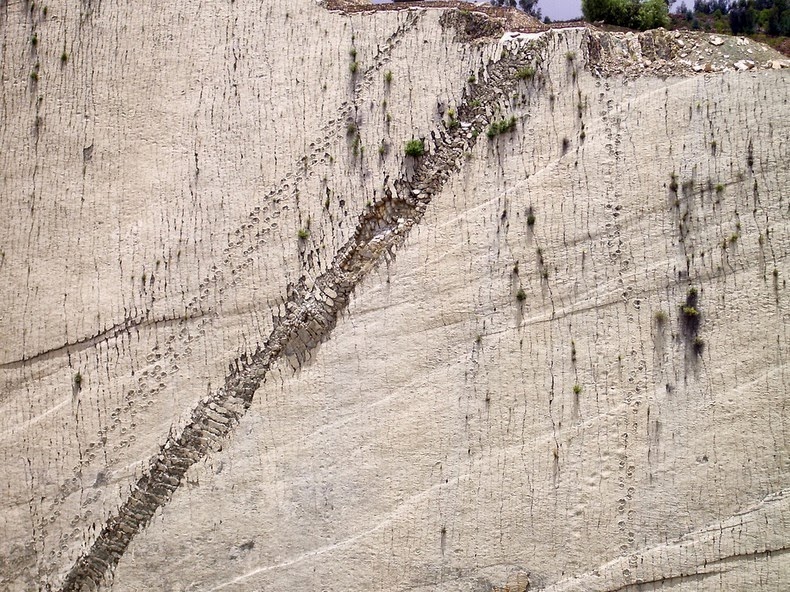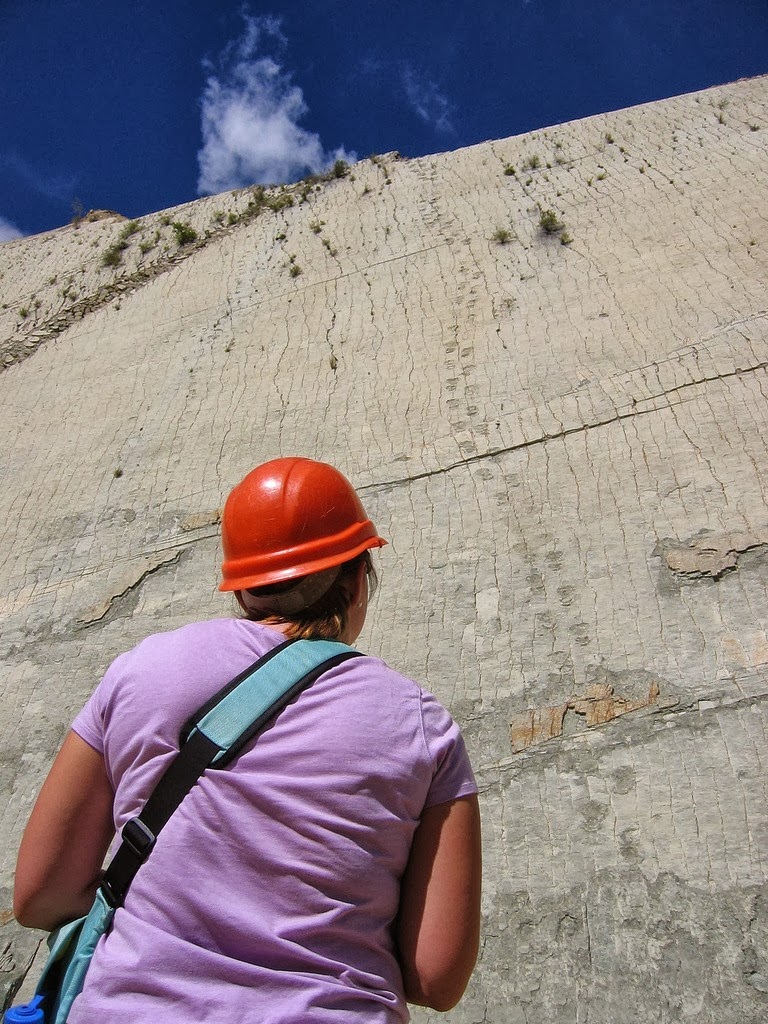Cal Orcko: A 300 Feet Wall With Over 5,000 Dinosaur Footprints
There’s a wall in Bolivia that’s covered in thousands of dinosaur footprints, and it’s becoming a major tourist attraction
On the outskirts of the city of Sucre, in Bolivia, is a large cement plant, and when the quarry it uses was being expanded, workers discovered a huge vertical wall of rock with thousands of dinosaur footprints.
The site is called Cal Orcko (also spelled Cal Orko) and it´s the largest concentration of dinosaur tracks in the world.
The slab of limestone is enormous – 1.2 km long and 80 meters high, and has more than 5,000 footprints, with 462 individual trails made during the second half of the Cretaceous period.
The location used to be the shore of a former lake, that attracted a large number of herbivorous and carnivorous dinosaurs.
The creatures’ feet sank into the soft shoreline in warm damp weather, leaving marks that were solidified by later periods of drought. Wet weather then returned, sealing the prints below mud and sediment.
The wet-dry pattern was repeated seven times, preserving multiple layers of prints. Tectonic upheaval then pushed the flat ground up at the brilliant viewing angle that it is today.
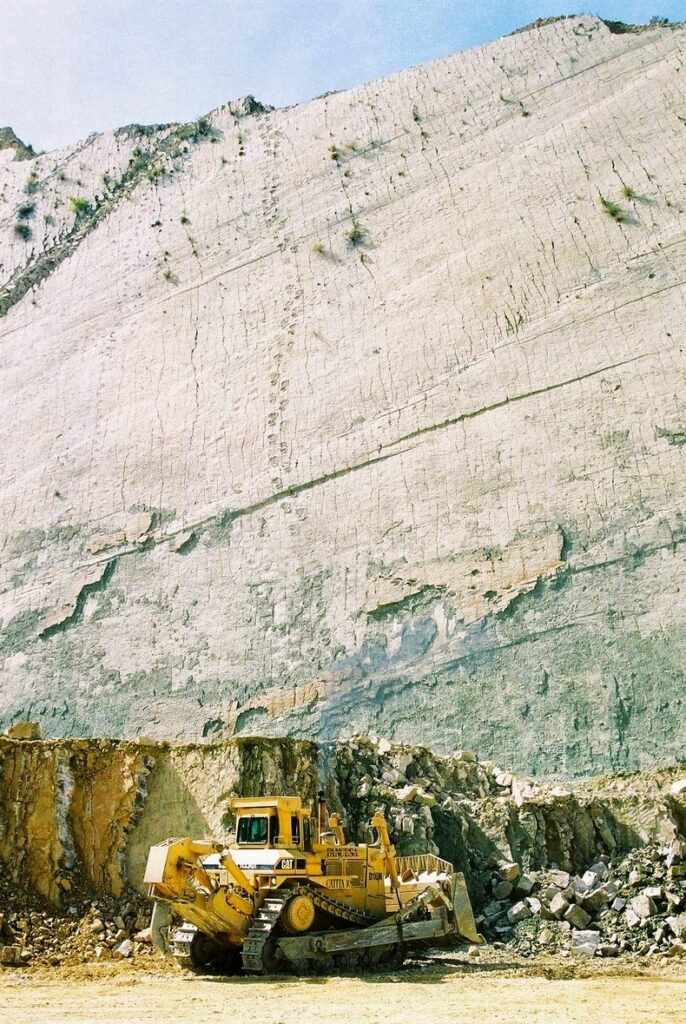
Dinosaur footprints were first discovered in Cal Orcko by miners in 1985, but it was only between 1994 and 1998 that its importance was fully realized when a scientific team led by Swiss paleontologist Christian Meyer investigated the wall and certified the bed.
According to Christian Meyer, the discovery is an enormous contribution to humanity and to science, revealing data heretofore unknown and “documenting the high diversity of dinosaurs better than any other site in the world”.
The study of these footprints provided much information about the social behavior of dinosaurs. For example, it is possible to observe two lines of big footprints, with small footprints between them indicating that some baby dinosaurs were growing with their parents who protected their offspring.
The most spectacular track, however, is a 347 meters long line of prints belonging to a baby Tyrannosaurus Rex nicknamed “Johnny Walker” by researchers.
For the preservation of this site, a Cretaceous Park was opened in 2006 where there are exact replicas of the different species of dinosaurs that left their mark on the place, a museum, and a viewing platform 150 meters from the rock face.
It’s from this vantage point that you truly grasp the sheer scale and magnitude of Cal Orko.
